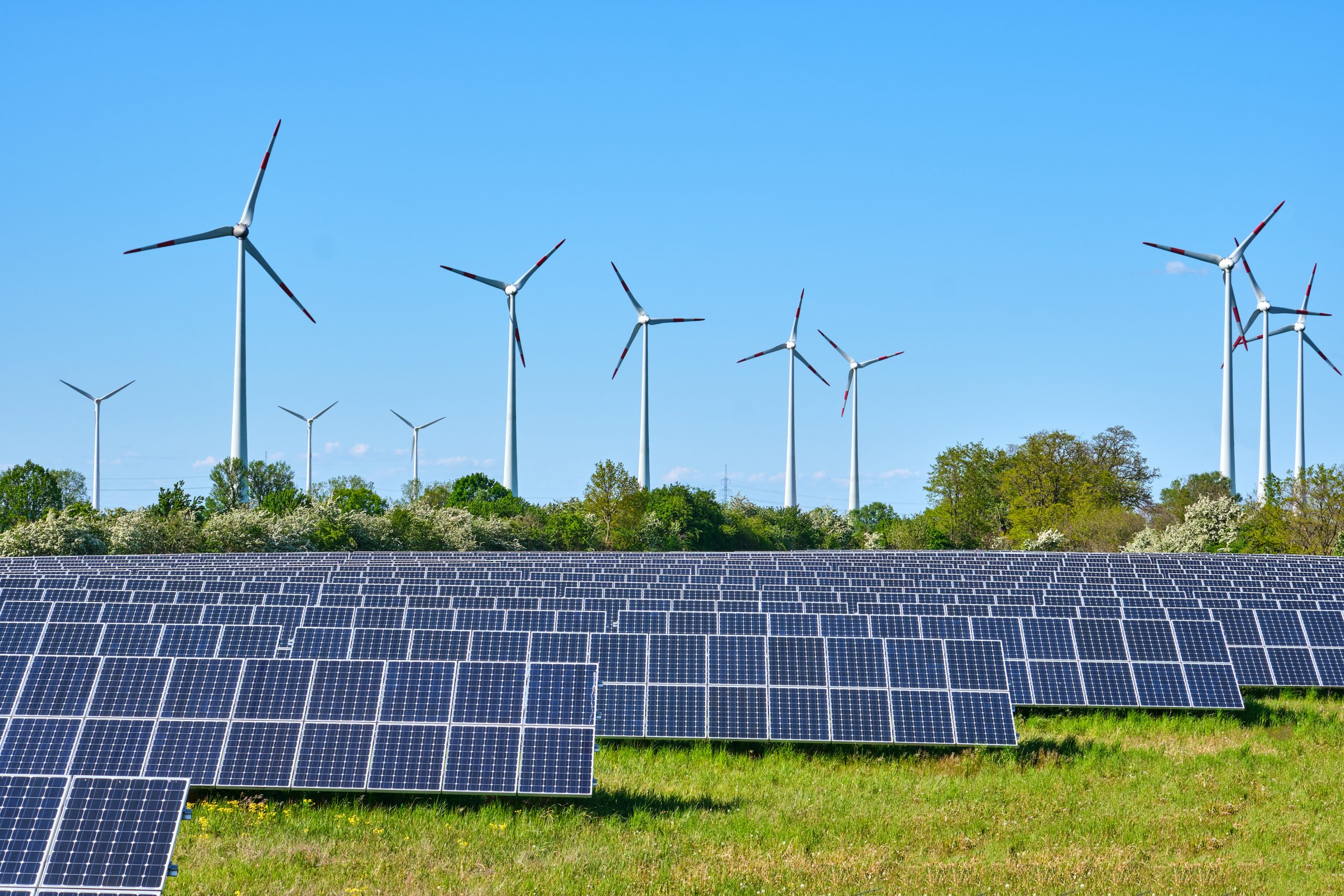
Geothermal energy represents a powerful yet often underutilized resource in renewable energy. By tapping into the Earth’s natural heat, geothermal power offers a sustainable pathway to electricity generation with minimal environmental impact. This article explores how geothermal energy produces electricity, highlighting its benefits, technological applications, and global potential.
Understanding Geothermal Energy
“Geothermal energy comes from heat beneath the Earth’s surface, produced by radioactive decay and residual heat from the planet’s formation. It appears as hot water, steam, and molten rock (magma) in deep underground reservoirs. Regions with tectonic plate boundaries, volcanic activity, and high heat flow are prime locations for harnessing geothermal energy.
Exploration and Resource Assessment
The exploration and assessment of geothermal resources involve geological surveys, geophysical studies, and exploratory drilling. Geologists analyze surface features, rock formations, and subsurface temperatures to identify potential geothermal reservoirs. Techniques such as seismic imaging, gravity surveys, and geochemical analysis provide insights into underground reservoirs’ size, temperature, and permeability.
Exploratory drilling plays a crucial role in confirming the presence of geothermal fluids and assessing their potential for electricity generation. These wells, which can extend thousands of feet deep, penetrate geological formations to access hot water or steam. Comprehensive resource assessment and feasibility studies determine the viability of developing a geothermal power plant in a specific location.
Types of Geothermal Power Plants
Geothermal power plants employ different technologies based on the characteristics of the geothermal reservoir:
Dry Steam Power Plants: These plants utilize natural steam from underground reservoirs. Steam is extracted through production wells and directly used to drive turbines connected to generators. After passing through the turbines, the steam is condensed and reinjected into the reservoir to sustain production.
Flash Steam Power Plants: Flash steam plants are employed in areas where hot water exists under high pressure, such as volcanic regions. Hot water is released into a flash tank at lower pressures, causing some of the water to vaporize or “flash” into steam. The steam then drives turbines to generate electricity, with the remaining fluid reinjected into the reservoir.
Binary Cycle Power Plants: Suitable for lower-temperature geothermal resources, binary cycle plants use a secondary fluid with a lower boiling point (e.g., isobutane or pentane). Hot water from the reservoir heats the secondary fluid in a closed-loop heat exchanger, producing a vapor that drives turbines and generates electricity. Binary cycle plants are efficient in extracting energy from moderate-temperature geothermal sources.
Electricity Generation Process
Generating electricity from geothermal energy begins with extracting geothermal fluid (steam or hot water) from production wells. The surface processing facilities pipe the liquid, where they separate it to remove non-condensable gases and impurities.
Purified steam or hot water directs into turbines, rotating turbine blades connected to electricity-generating generators with its kinetic energy. These turbines convert mechanical energy into electrical energy transmitted via power lines to homes, businesses, and industries. Cooled or depressurized geothermal fluid is reinjected underground to sustain reservoir pressure and resource longevity.
Environmental and Economic Benefits
Geothermal energy offers significant environmental advantages compared to fossil fuels. It produces minimal greenhouse gas emissions and air pollutants during operation, improving air quality and reducing carbon footprint. Geothermal power plants have a small land footprint and can operate continuously, providing stable and reliable electricity without dependence on weather conditions like solar or wind power.
From an economic standpoint, geothermal energy offers long-term price stability, as it is not subject to fuel price fluctuations. Once operational, geothermal power plants have relatively low operating costs, providing economic benefits to local communities and energy consumers.
Challenges and Innovations
Despite its environmental and economic benefits, geothermal energy faces challenges such as high initial exploration and drilling costs, geological constraints, and regulatory uncertainties. Innovations in drilling technologies, such as directional drilling and hydraulic fracturing, aim to improve the efficiency and cost-effectiveness of geothermal resource development.
Enhanced geothermal systems (EGS) represent a promising frontier in geothermal technology. EGS involves creating artificial reservoirs in hot, low-permeability rock formations by injecting water at high pressure to enhance heat extraction. This technology expands access to geothermal resources in regions with limited natural reservoirs, unlocking new opportunities for sustainable electricity generation.
Global Potential and Future Outlook
Geothermal energy has substantial global potential, particularly in regions with high geothermal activity, such as the Ring of Fire and other volcanic zones. Countries like the United States, Iceland, the Philippines, and Kenya have successfully developed significant geothermal power capacities, demonstrating its feasibility as a reliable and sustainable energy source.
Looking ahead, continued investment in research, technology development, and policy support is crucial to unlocking the full potential of geothermal energy. Advances in EGS technology, deep drilling techniques, and subsurface imaging will enhance resource exploration and optimize energy extraction efficiency. Integrated approaches that combine geothermal energy with other renewable sources can create resilient energy systems capable of meeting future energy demands sustainably.
Geothermal energy is a promising clean and sustainable electricity generation solution, utilizing Earth’s natural heat to power communities and industries. Geothermal power aids climate action and energy security through tech innovation and sustainable practices, promising a pivotal role in our sustainable energy future.